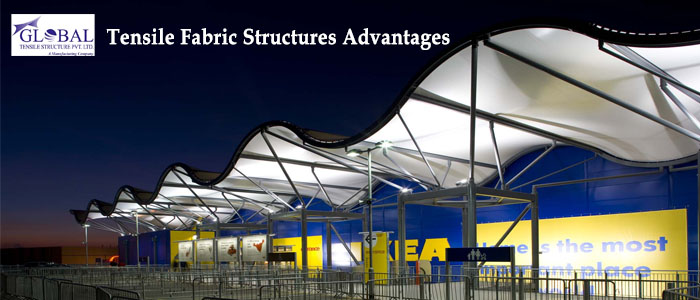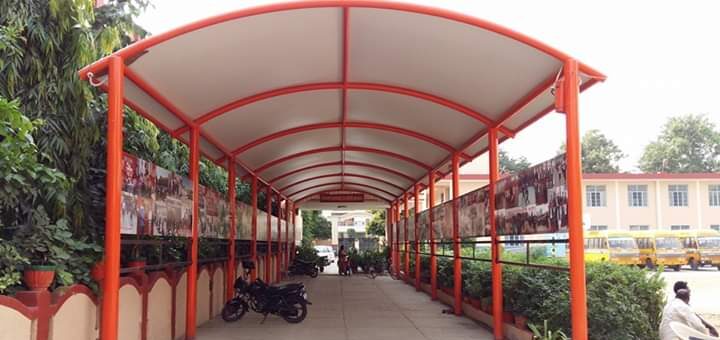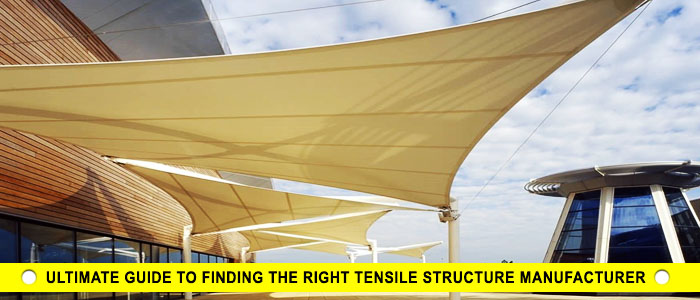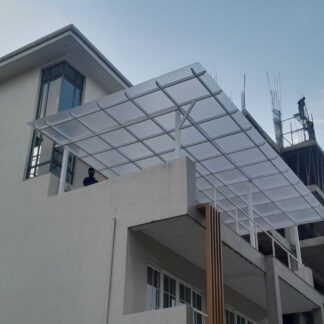The Benefits of Tensile Structure Systems Explained
December 14, 2025 By admin

The Benefits of Tensile Structure Systems Explained
The Benefits of Tensile Structure Systems Explained are thin, very versatile, and capable of accommodating large spans and providing modern aesthetics. That is why tensile structures came their way. These structures use fabric material that is tensioned by cables or a frame to support them, and this tension holds the structures up.
The Advantages of Tensile Structure Systems
This makes tensile structures a good option when compared to normal structures. Here’s why they’re gaining popularity: Here’s why they’re gaining popularity:
Quick and Cost-Effective Installation: Similar to all buildings that are pre-fabricated and relatively lighter, tensile structures can be erected much faster than conventional buildings. This is a factor that makes project completion faster and hence reduces the cost of labor.
Design Flexibility: Unlike conventional structural systems that offer very little design flexibility, tensile fabrics provide huge flexibility. It is possible to mold it into curves, cones, waves, and other such stylish and futuristic architectural designs. This versatility enables architects to express themselves in their designs and execute creative designs as they are told by their clients.
Natural Light Diffusion: Most tensile fabrics are semi-transparent, thus there will be minimal dependence on artificial lighting, which gives a bright and open look at the interior of the covered area. This not only reduces energy consumption but also increases the usability and experience of the product or service.
Durability and Low Maintenance: Common materials used in tensile membranes are high-strength and weatherproof materials. They are durable, can resist various weather conditions, and are also they arealso easier to maintain as compared to any other roofing type.
Energy Efficiency: There are two methods through which a tensile structure assists in decreasing energy input demand. First of all, the fabric is sheer: this means that during the working or studying processes, for instance, students are going to be able to use the available natural light. Second, only some fabrics can be made to reflect heat, resulting in cooling of the place covered and hence a cut in power used for air conditioning.
Sustainable Design: Most tensile structures comprise tensile fabrics, which are, in most cases, recyclable and take fewer materials compared to conventional structures. Moreover, some of these effects help in advocating for an efficient use of natural light in building designs.
The following are some of the Aspects that one has to consider when choosing the tensile structure system:
While tensile structures offer numerous benefits, there are some factors to consider before incorporating them into your project. Despite the numerous advantages that these structures present, there are some strikes that one has to note before adopting this kind of structure :
Purpose and Functionality: Since it is feasible, the function or the purpose for which the tensile structure is intended must be described. Is it for permanent cover or cover for an event that is bound to be held soon and will not take so long? What will evolve below it? The acknowledgment of these aspects will define how the product is being developed and what components are being incorporated.
Site Conditions: Such as wind loads, pressure on cables, and snow load on the installation site, all have to be considered in the process of analyzing the tensile system.
Budget: Tensile structure is one of the economic forms of construction, but the costs vary with the size, complexity level, and type of material to be used. Subsequently, one has to state one’s budget for the given system to ascertain that the selected system is reasonably affordable to the specified limit of one’s resources.







